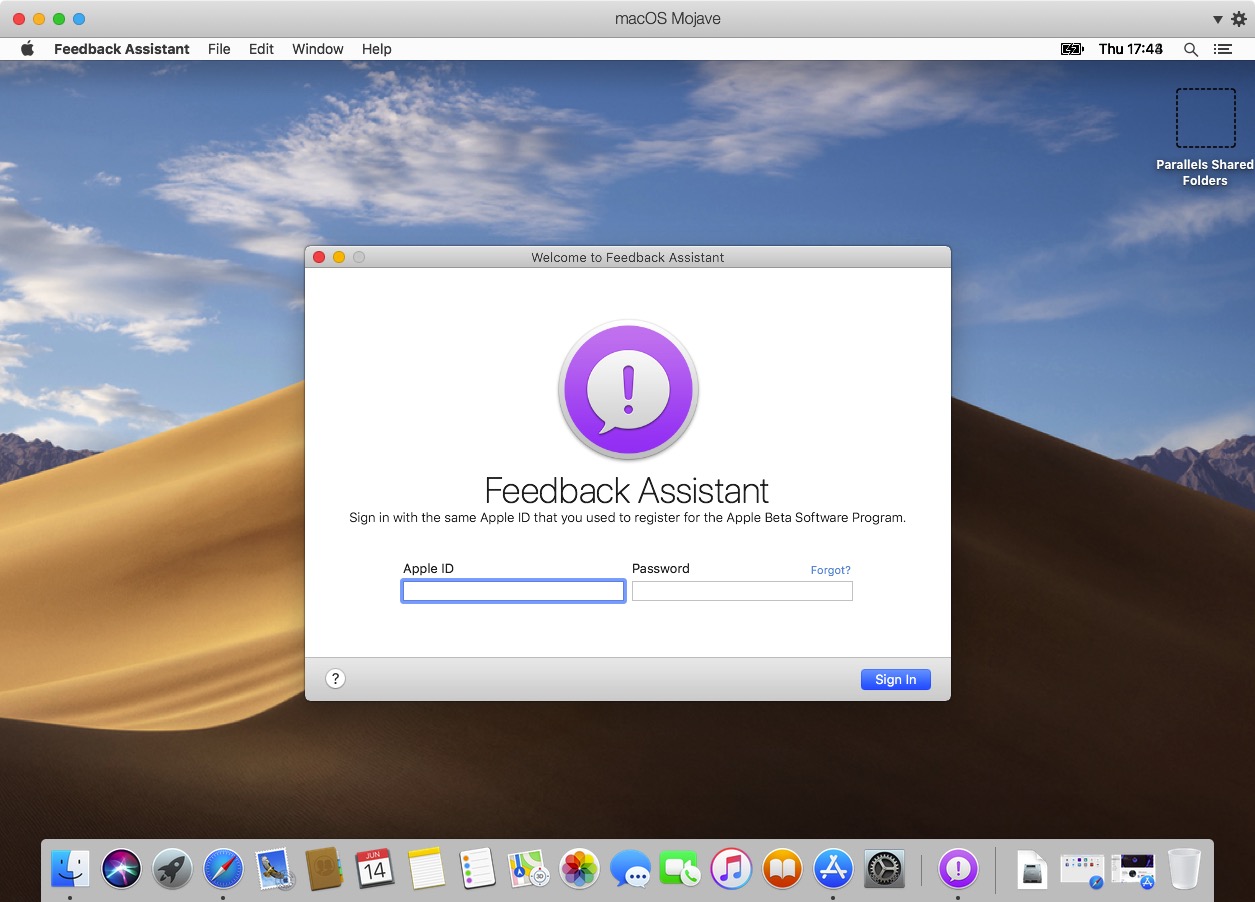
This folder will be referred to as the OSX-KVM folder. # reboot if you just installed kvmĪfter reboot, download the OSX-KVM Repository: # yay qt-virt-manager You should reboot now to apply kernel changes for qemu. The following program qt-virt-manager is huge and takes a long time to compile but you might need it:
#GET OS X VDI INSTALL#
Sudo apt install qemu qemu-kvm libvirt-clients libvirt-daemon-system bridge-utils virt-manager uml-utilities dmg2img wget libguestfs-tools If you are on Debian or Ubuntu # DEBIAN UBUNTU # because the pkgbuild has a tiny error, if it gets fixed, this snippet will still work fine with r # the current version of uml_utilities may need to be installed in the following way
#GET OS X VDI UPDATE#
Update May 2020: ARCH uml_utilities may need to be installed in the following way: Yay libguestfs # libguestfs is in arch/comminuty-testing now too Yay uml_utilities # read below if doesn’t install Installing these will take some time, so one-by-one install these: Most of them are on Github if you want to compile them yourselves.

The version that I run is Mojave 10.14.6. This will run a small Python script that will allow you to download the official Mac iso files from *. Make sure you download the iso in the disk or device that you are going to run the VM from.Ī great way to download OSX ISO files is using gibMacOS: git clone We are going to download the official the MAC iso/dmg file, which is around 6GB downloaded. Next, we will need git & python as we will need to clone some repositories. Pacman -S git make automake gcc python go autoconf cmake pkgconf alsa-utils fakeroot –noconfirm If you don’t have yay (Arch User Repository package manager):
#GET OS X VDI HOW TO#
This tutorial is great for Linux users who want to use XCode 10 or 11 on Linux without Dual Booting! How to Install macOS VM on Linux Linux System Requirements: If you see 1, 2, 3 … any number greater than 0 then you can ready! If you see 0 when you ran the above command, then boot into your BIOS and turn on “Hardware Virtualization.”

It tells you how many cores can be used in virtualization. This out of the following command must be greater than 0. Virt-Manager Local Installation with xml file.Ĭheck if your CPU has virtualization. Dockerfile available! Instant run docker-osx run: # insta run on any OSĭocker run -privileged -e "DISPLAY=$" -v /tmp/.X11-unix:/tmp/.X11-unix sickcodes/docker-osx MacOS VM on Arch, Ubuntu, Debian, CentOS, RHEL or Fedora.
#GET OS X VDI FULL#
RELEASED: Dockerfile full auto macOS installer. If you want to test it out, run my Docker-OSX project: SKIP ANY INSTRUCTIONS THAT ARE LIKE THIS Virt-Manager: import macOS-libvirt-Catalina.xml script from the xml file in OSX-KVM.Docker-OSX version: good to have a look, instantly run.Linux users on Arch or Manjaro attempting to install macOS/OSX in VMWARE, or QEMU/KVM, will greatly benefit from this tutorial.


 0 kommentar(er)
0 kommentar(er)
